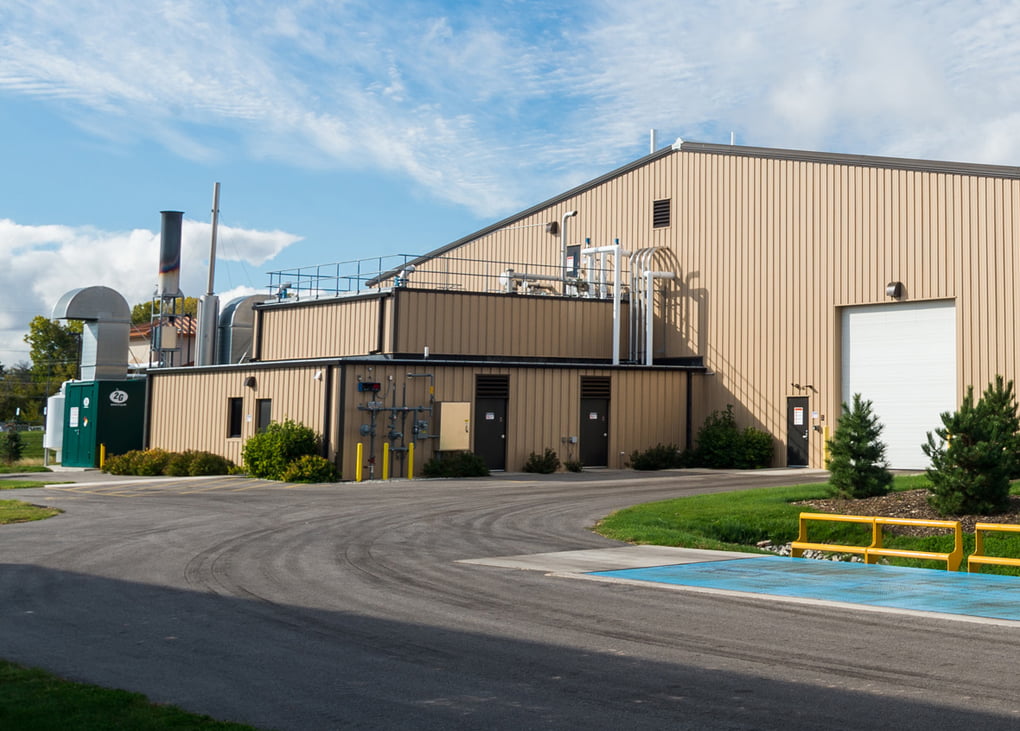The University of Wisconsin Oshkosh (UW-Oshkosh), USA, is planning to install a biogas-powered hot water boiler to generate heat in the coming winter.
The university already has a biodigester that generates approximately 8 per cent of the campus’s electricity through capturing methane campus food waste and grass clippings. The school submitted an application last autumn to the Wisconsin Public Service Commission’s Energy Innovation Grant Program for the project, and is receiving a US$339,000 grant towards the retrofit.
Anaerobic digestion is a process where organic matter is broken down by bacteria in the absence of oxygen. Composed mostly of methane, the biogas created at the digester can be combusted to generate electricity and heat, or it can be processed into renewable natural gas and transportation fuels.
The school estimates the converted methane gas will provide at least 75 per cent of the heat being used at the Campus Services Center (measuring more than 5,000m2) and provide an average annual savings of about US$24,000.
Director of the campus’s Sustainable Institute for Regional Transformations, Stephanie Spehar, told Wisconsin Public Radio it will make use of excess methane that is otherwise flared.
“What is most significant about the grant is we are taking an existing resource we have on campus – biodigester-produced methane gas – and using it to offset some of our energy needs,” says Spehar.
Before receiving the grant, the cost of installing the retrofit was outside of the university’s budget. UW-Oshkosh predicts the biodigester will “significantly reduce the amount of natural gas purchased from the local utility”.
There is also the potential for further excess methane to be tapped to heat other parts of the school.
“I … imagine that we could figure out ways to use some of that additional biogas that’s produced,” says Spehar.
The campus waste comes from a variety of sources. Biodigester research and operations supervisor Kenny Johnson says these include yard waste from the campus itself, stores and shops on the campus, waste from city of Oshkosh and the Winnebago County landfill collection site, and from industrial suppliers such as McCain Foods.
Spehar also hopes the new system will offer educational opportunities for students studying renewable energy.
“This is not just as a way for us to reduce our energy costs and overall energy consumption, but a way for us to really educate and support sustainability in our region,” she says.
The university aims to have the new system installed by December 2022.
Feature image via the University of Wisconsin Oshkosh.



Leave a Reply